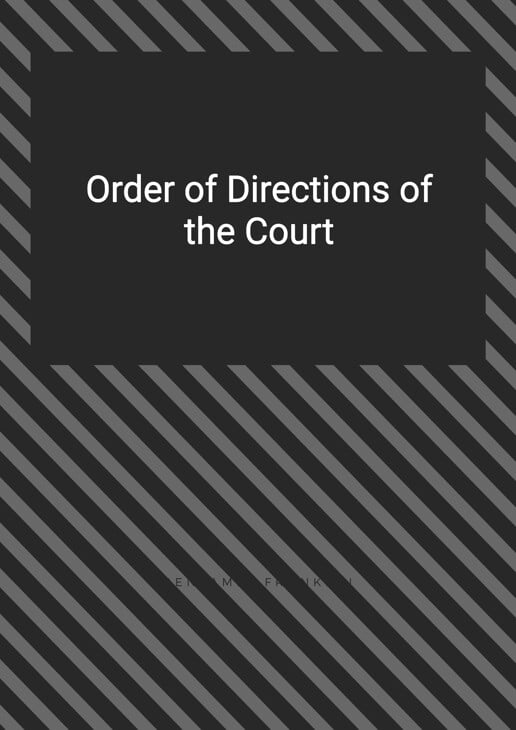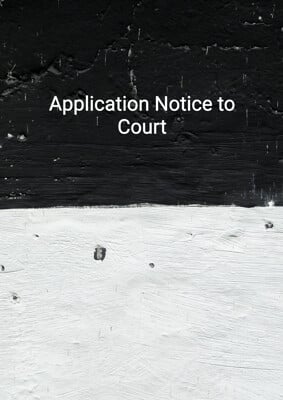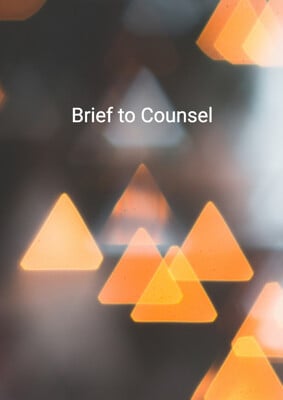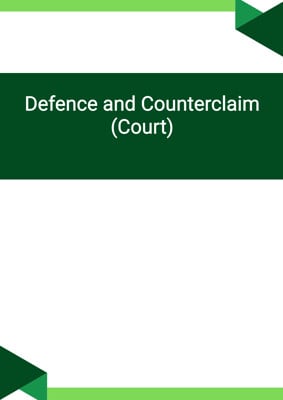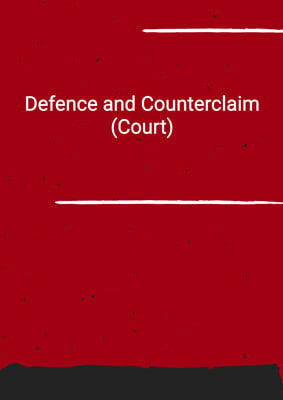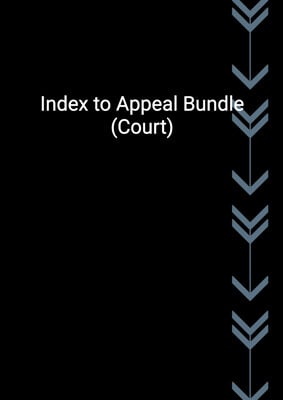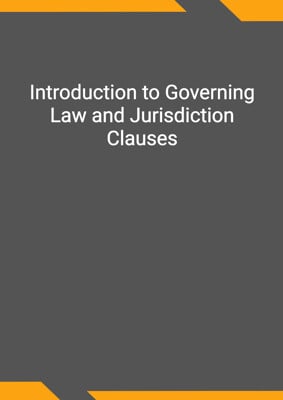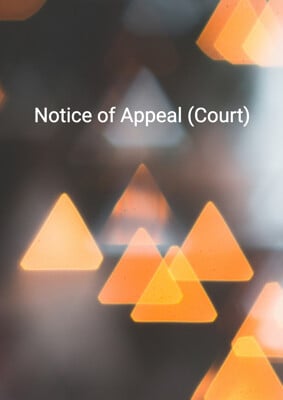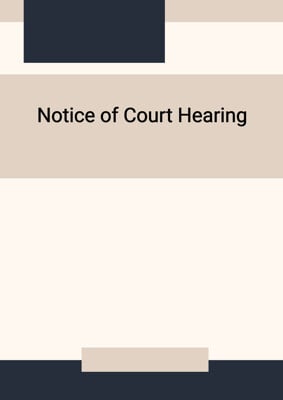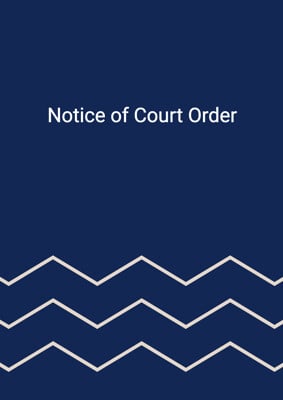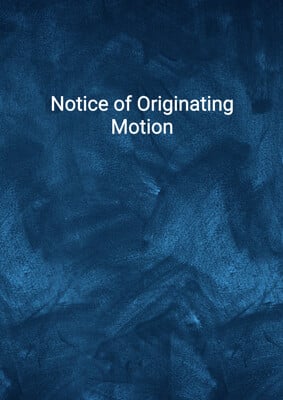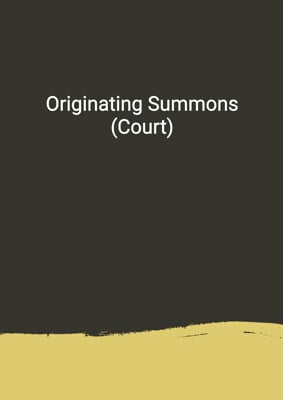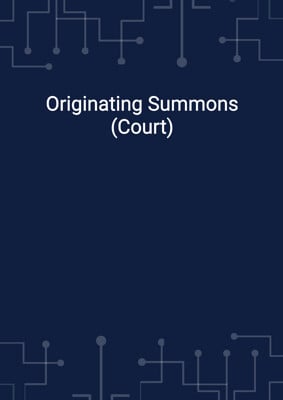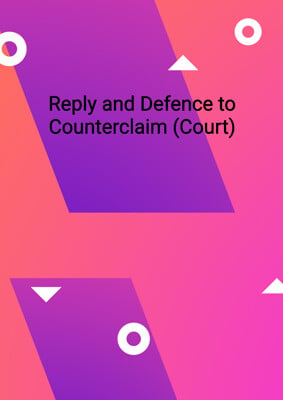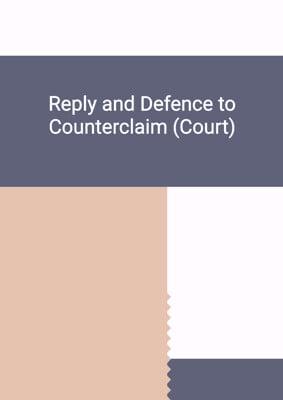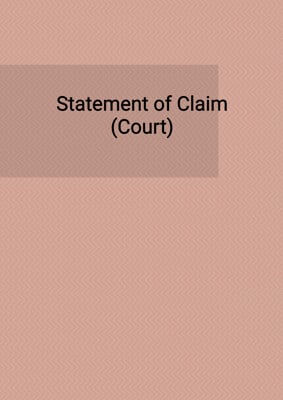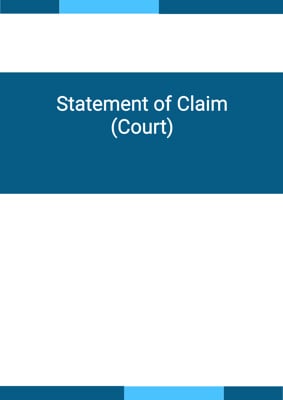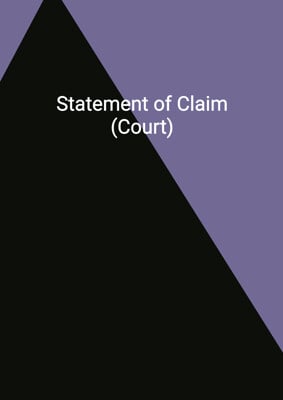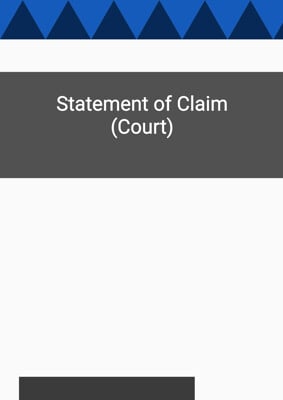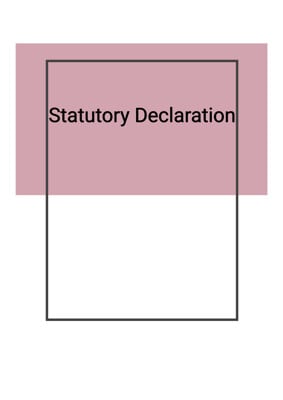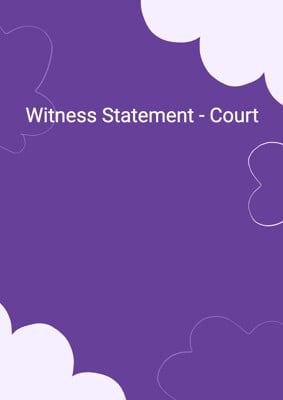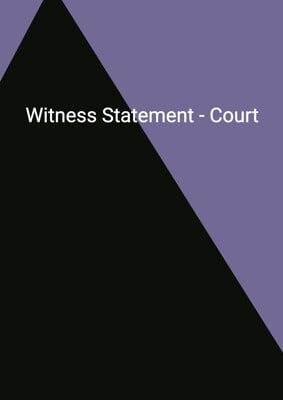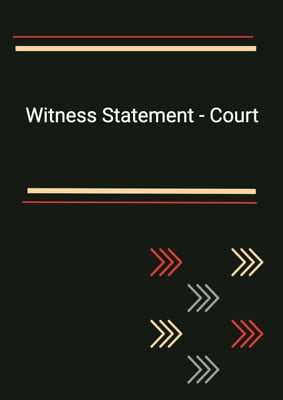How to Tailor the Document for Your Need?
01
Create Document
Click "Create Document" button and the document will be prepared with your account details automatically filled in.
02
Fill Information
Please fill in any additional information by following the step-by-step guide on the left hand side of the preview document and click the "Next" button.
03
Get Document
When you are done, click the "Get Document" button and you can download the document in Word or PDF format.
04
Review Document
Please review the document carefully and make any final modifications to ensure that the details are correct before publication / distribution.
Document Preview
Document Description
The document titled 'Order of Directions of the Court' is an important legal document that provides instructions and guidance regarding a specific matter before the court. It serves as an official order issued by the court to provide directions and guidance to the parties involved in the case. The document consists of several sections that are essential for understanding its purpose and implications.
The entire document begins with a title that clearly states its nature and purpose, which is to provide directions. This title helps in identifying the document and its relevance to the case.
The content of the document starts with an introductory paragraph that mentions the court number and the current year. This information is crucial for identifying the specific court and the timeline of the case. It also includes the phrase 'in the matter of matter,' which indicates that the document pertains to a specific legal matter.
The document then proceeds to describe the order on the application notice for directions. This section explains that the order is based on an application notice dated app date, which was filed by the petitioner. The petitioner is identified as the party who initiated the petition in the court. The order is made after hearing the counsel for the petition and reading the petition and the evidence.
The evidence mentioned in the document is an important part of the case. It may include witness statements, documents, or any other relevant evidence that has been submitted to the court. The court takes into consideration this evidence while making the order.
The order itself is dated current date and includes a specific number that identifies it uniquely. This number is important for referencing the order in future proceedings or discussions related to the case. The order is made in court and is related to the matter mentioned earlier.
Overall, the document provides detailed information about the order of directions issued by the court. It explains the context, the parties involved, and the evidence considered. It serves as a crucial document in the legal proceedings and helps in ensuring that the parties understand the directions given by the court.
How to use this document?
1. Read the title: Start by reading the title of the document, which is 'Order of Directions of the Court.' This will give you an idea of the document's nature and purpose.
2. Understand the court details: Take note of the court number and the current year mentioned in the document. This information helps in identifying the specific court and the timeline of the case.
3. Identify the matter: Note the phrase 'in the matter of matter' mentioned in the document. This indicates that the document pertains to a specific legal matter.
4. Review the application notice: Pay attention to the application notice dated app date, which is the basis for the order. Understand that it was filed by the petitioner, who is the party initiating the petition.
5. Consider the evidence: Acknowledge the importance of the evidence mentioned in the document. It plays a crucial role in the court's decision-making process.
6. Note the order details: Take note of the current date mentioned in the order. This indicates when the order was made. Also, remember the specific number assigned to the order for future reference.
7. Understand the purpose of the order: Recognize that the order provides directions and guidance to the parties involved in the case.
8. Follow the order: Ensure that the directions mentioned in the order are followed accordingly. This may involve taking specific actions or complying with certain requirements.
9. Seek legal advice if needed: If you have any doubts or concerns regarding the order or its implications, consider seeking legal advice from a qualified professional.
10. Keep the order for future reference: Preserve a copy of the order for future reference or if it needs to be presented in any further legal proceedings or discussions related to the case.
Not the right document?
Don’t worry, we have thousands of documents for you to choose from:
